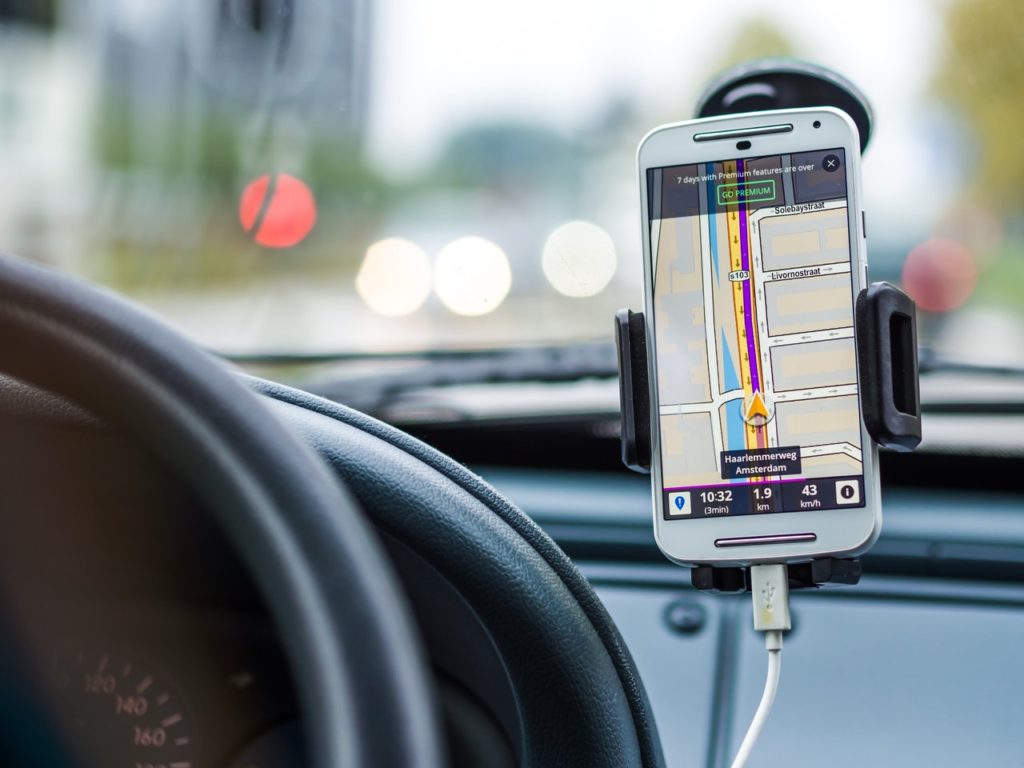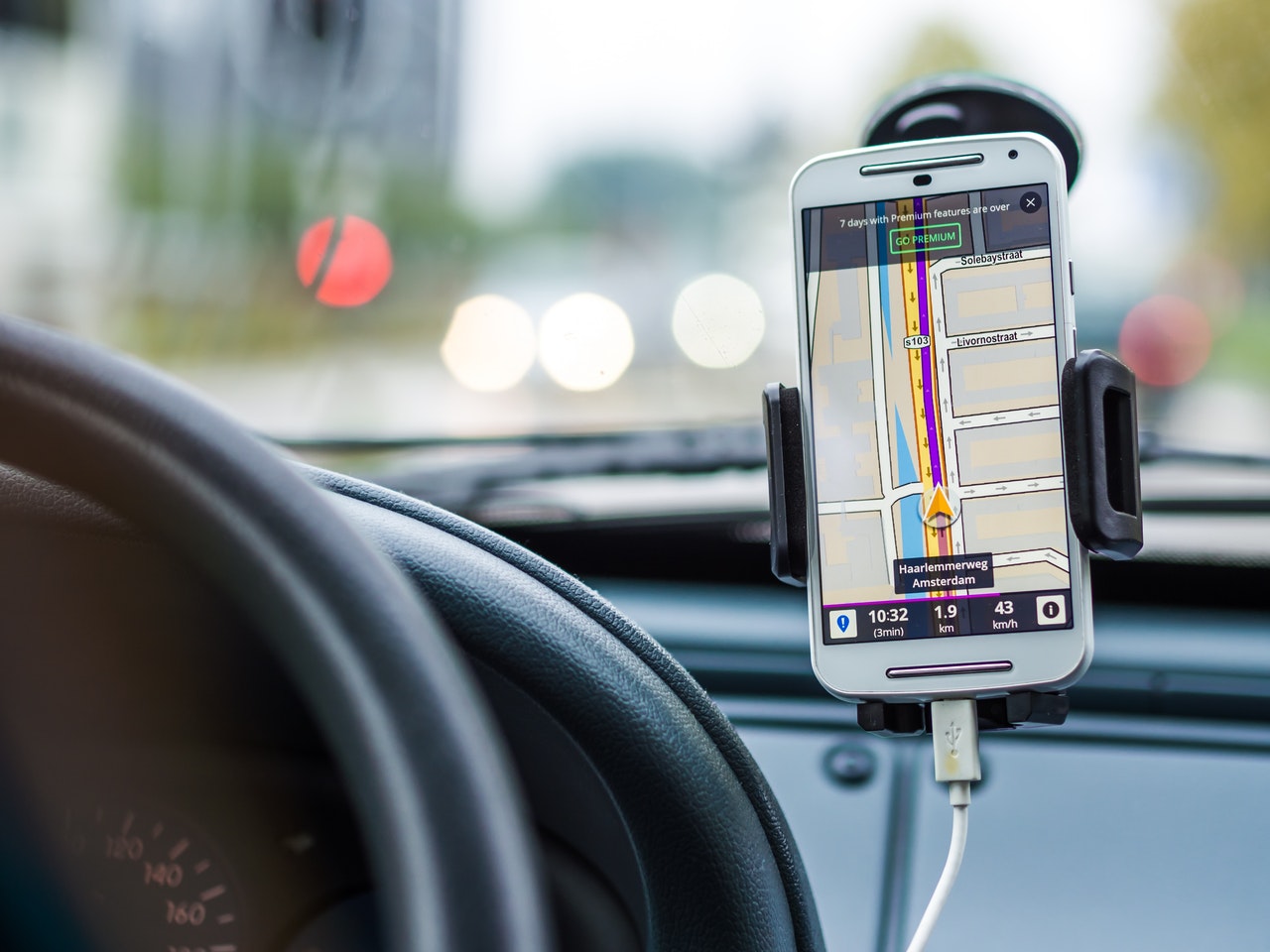
I learned this today. You need to have four satellites in view to be able to use GPS. (Global Positioning System).
Currently, there are 32 satellites orbiting in the Global Positioning System. One thing I learned today is that GPS is actually an American government-owned system. It was started by the American Department of Defense in the 1960s and the first satellite was launched in 1973. It was initially to be used by the US military. Civilian access was granted by President Ronald Reagan in 1983 after the Korean Airline Flight 007 was shot down over Russia. The plane had strayed into Russian-protected airspace because of a navigational problem and Russia shot it down, thinking it was a US spy plane. In order not to let anything like this happen again, Ronald Reagan gave free access to the GPS satellite program. The last satellite was launched in 1994.
The US government grants free access to GPS, but they still have the power to deny access to it or degrade the signal if they see it as necessary. In the Kargil War between India and Pakistan in 1999, America denied India access to GPS. Because of this, countries such as Russia and China have worked hard to launch their own system of satellites. If there ever is a war, they don’t want America to be able to cut off their GPS.
GPS has three parts: the satellites, ground clocks, and a GPS receiver.
The first part is the satellites. They orbit the Earth at a height of 20,200 km and they make approximately 2 orbits of the Earth a day. There are 32 satellites, but some of them are kept switched off as spares. The others are in such an orbit that anywhere on Earth you are always in sight of at least four, usually more. The satellites have cesium or rubidium atomic clocks onboard. These are incredibly accurate clocks that are accurate to 14 nanoseconds.
The second part is the ground clock. These are also incredibly accurate atomic clocks. The satellites use these to know exactly where they are on Earth. They do it the same way that navigators on ships did once they had accurate timekeepers. If you know the time at a fixed point and you know the local time where you are, you can calculate how far away from that point you are.
The satellites have other ways of working out where they are. They track points on the Earth. They have accelerometers. They can track points in space. All of this means that they know exactly where they are.
The third part is the GPS receiver, like the one in your phone. The satellites that are orbiting around the world send out radio signals. These signals have a unique identifying number for that satellite and the satellite’s location on Earth embedded in it. The receiver in your phone picks up that signal. Radio waves travel at the speed of light. Your phone knows the current time and it knows the time when the signal was sent. Then, it is a simple case of dividing the speed of light by the time the signal took to work out how far the receiver is away from that satellite.
However, one satellite isn’t enough. One satellite can’t give you a location. If you are 150km away from a satellite, you could be 150km north, south, east, west, or even above that satellite. You need the information from at least four satellites to be able to triangulate your position.
So, GPS works because satellites transmit their exact location through radio waves. The receiver in your phone can calculate exactly how far you are away from that satellite because the radio waves travel at the speed of light. By using the information from four satellites, your phone can work out where you are on Earth to a margin of a few meters. And this is what I learned today.
GPS devices (such as the one in your phone) work by receiving a signal from four different satellites in the system.
Sources
http://www.nasonline.org/publications/beyond-discovery/the-global-positioning-system.pdf
http://www.astronomy.ohio-state.edu/~pogge/Ast162/Unit5/gps.html

